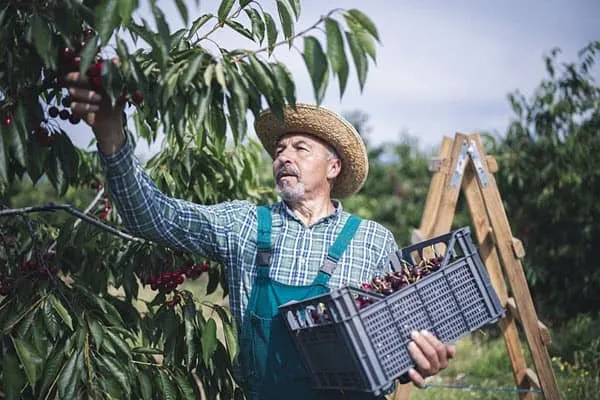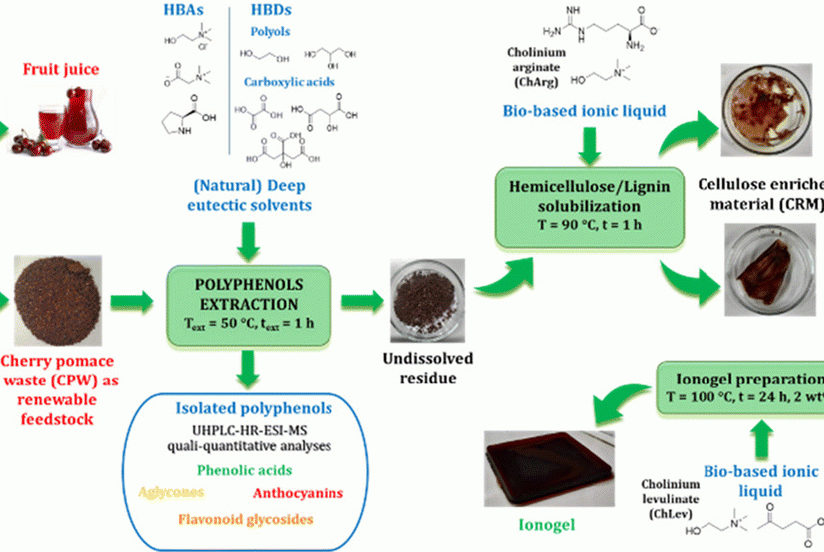When the commodity value of fruit is compromised due to physiological disorders such as cracking, producers suffer substantial economic losses. It is widely recognised that the fundamental mechanisms of cracking are intricate and extensive.
It has been reported that several factors, including genetic characteristics, environmental stress conditions, orchard management conditions, fruit growth rate, post-harvest storage factors, physiological, biochemical, anatomical factors, and plant hormones, influence the high frequency of fruit cracking or splitting.
It is important to note that different fruit species or cultivars exhibit different degrees of susceptibility to cracking under identical outdoor environmental conditions, such as light, temperature, wind and rainfall, as well as under identical orchard management conditions, including light, nutrition, irrigation, minerals and growth regulators.
It is known that during the entire plant life cycle, numerous hormones act, even antagonistically, to regulate various biological processes. This is also the case with gibberellins, which promote growth, and abscisic acid, which inhibit it. Normal fruit growth and development are significantly influenced by the correct balance of these two hormones.
If, however, hormonal imbalances occur, the main consequence is fruit cracking not only during the growth, development and ripening process but also during post-harvest storage. The metabolism and signalling pathways of gibberellins and abscisic acid have been extensively studied and the primary components, such as the genes encoding the primary biosynthesis enzymes, are well characterised.
Despite this, our understanding of the hormonal mechanisms that lead to cracking in fruits is still inadequate. Researchers from several Chinese institutes and universities summarised the progress made worldwide in understanding the effects of endogenous gibberellin and abscisic acid content in fruits and exogenous hormone treatments on fruit cracking.
They also provided genetic insights into their function and possible interactions responsible for modulating fruit cracking. It has been preliminarily demonstrated that increased levels of gibberellins and abscisic acid in fruits are directly related to the occurrence of fruit cracking. Furthermore, recent publications have indicated that the expression of genes related to the biosynthesis of gibberellins and abscisic acid is essential for the development of cracking.
These genes may therefore be the main candidates that regulate fruit cracking. They can be further utilised in molecular selection efforts to generate enhanced resistance to cracking, compatible with the production requirements of future fruit cultivars.
However, molecular clues associated with cracking are mainly based on correlations, as direct evidence is still lacking and the regulatory mechanisms underlying the antagonism of gibberellin and abscisic acid signalling pathways in the control of fruit cracking are largely unknown.
Further genetic analysis and molecular identification are needed to elucidate these specific aspects. The advancement of the understanding of the molecular mechanisms underlying the action of gibberellins and abscisic acid in the control of fruit cracking coordination will not only contribute to the development of new cracking-resistant cultivars, but will also have important theoretical implications for the development of integrated fruit cracking prevention and control measures.
Source: Zhang, M.; Liu, Y.; Chen, Z.; Zhi, Z.; Wang, A.; Yue, H.; Li, F.; Zhang, S.; Zhu, G. Progress in Fruit Cracking Control of Gibberellic Acid and Abscisic Acid. Forests 2024, 15, 547. https://doi.org/10.3390/f15030547.
Image: SL Fruit Service
Melissa Venturi
University of Bologna (IT)
Cherry Times - All rights reserved












